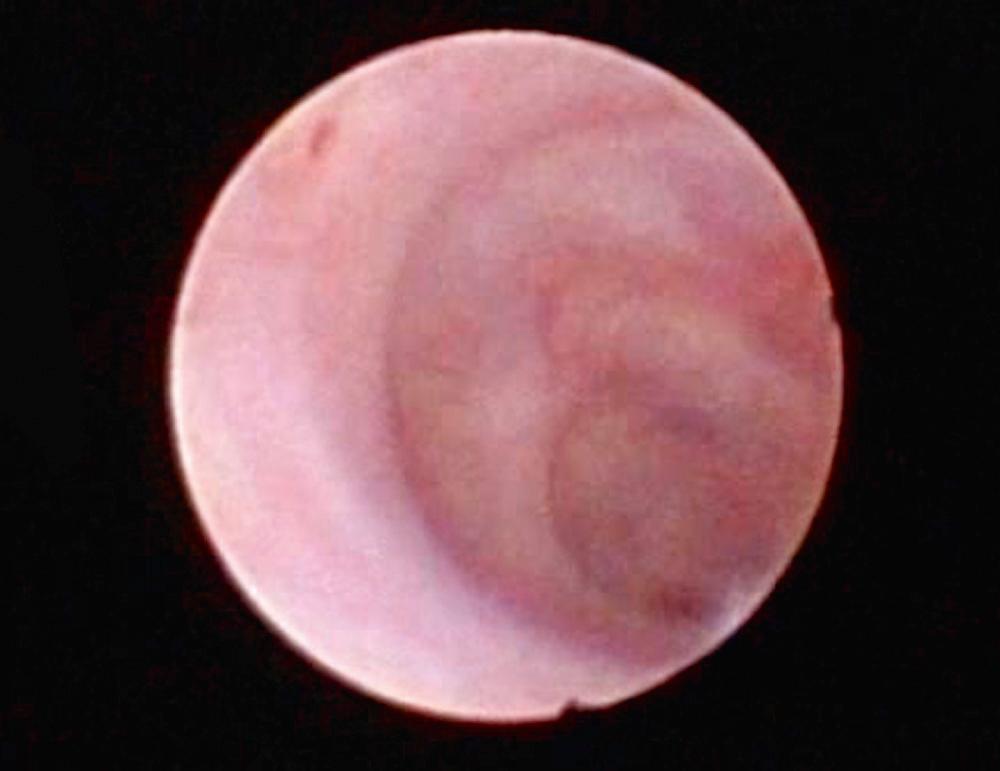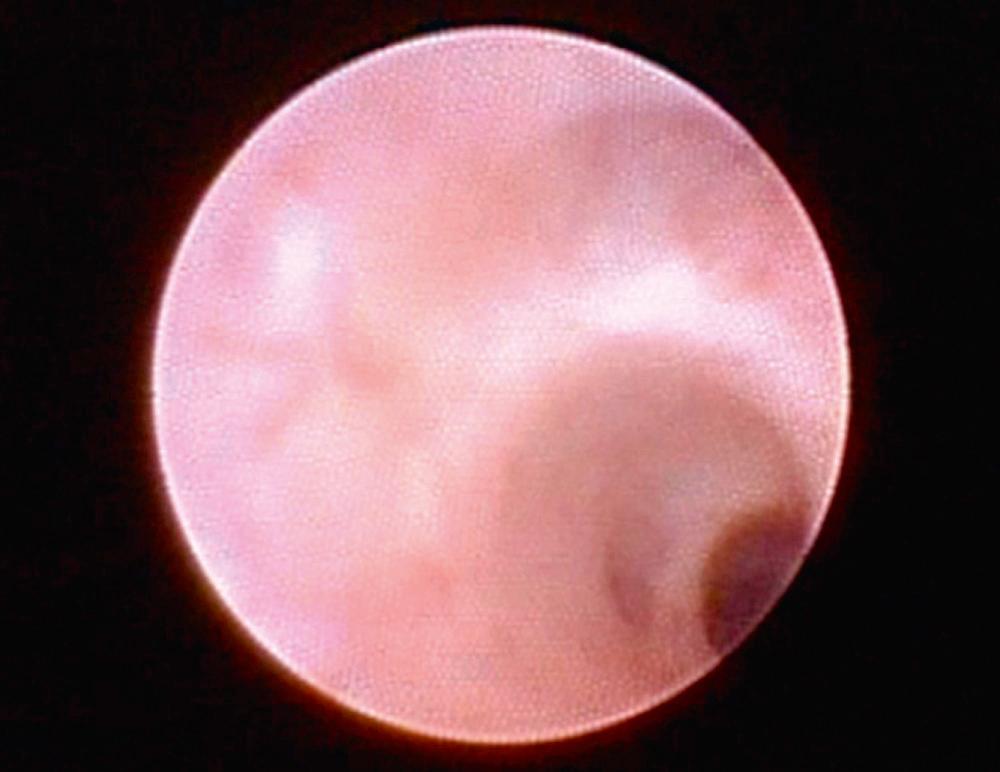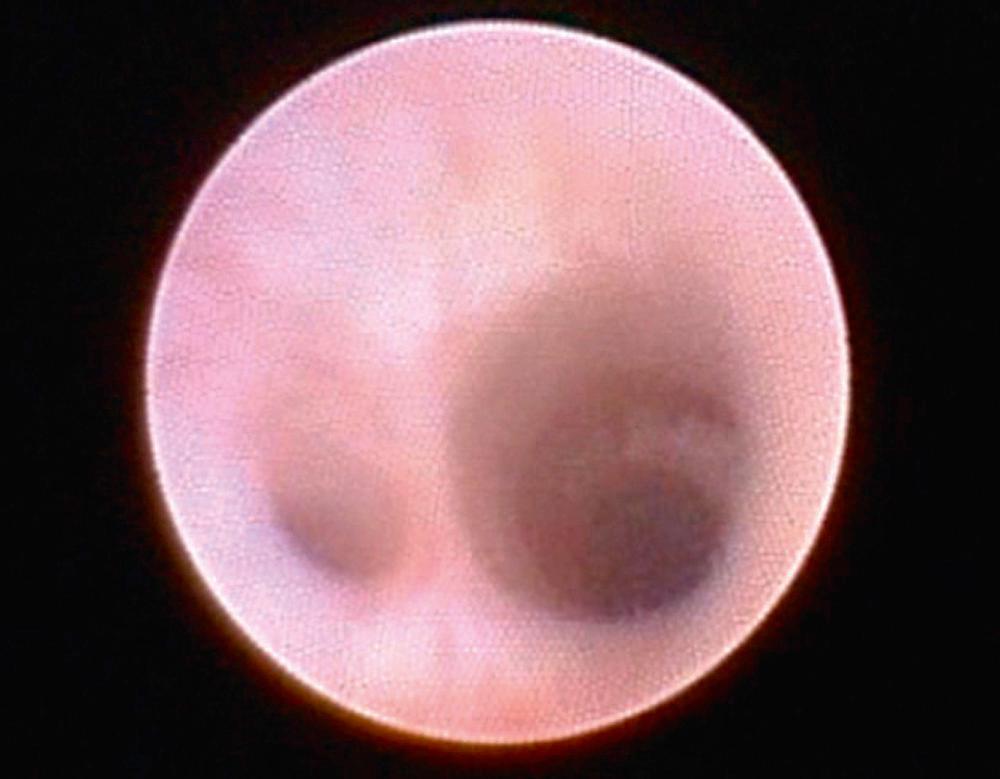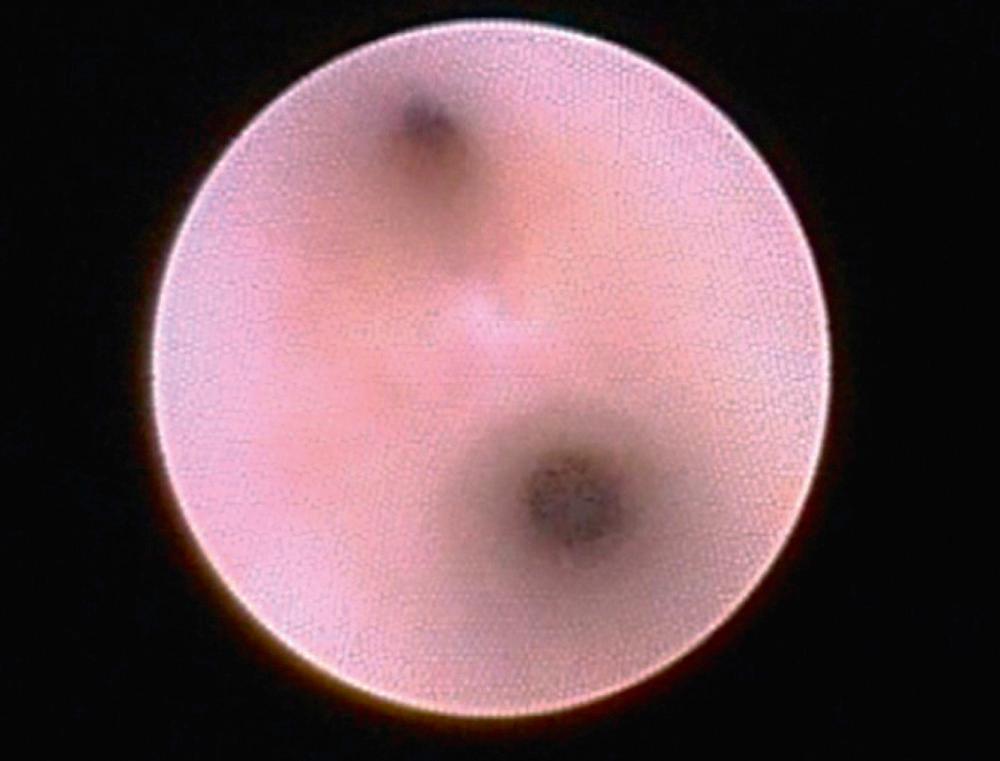Physical Address
304 North Cardinal St.
Dorchester Center, MA 02124
Salivary ductal stenosis is a common cause of parotid gland obstruction. In the past, parotid strictures had been treated with sialography-guided balloon dilation. A number of case series demonstrated the technical feasibility and favorable intervention outcome. Nevertheless, with the technologic advancements over the past two decades, there has been a paradigm shift towards the use of sialendoscopic dilatation. This new technique does not involve radiation and the risk of contrast reaction. In addition, the dilatation is performed under visual control. This is useful to control the extent of dilatation and minimize the risk of ductal perforation and false passage. It also allows treatment of coexisting ductal pathology, e.g., stones, mucus plugs.
The stenosis of salivary ducts can be recognized by: (1) The abrupt change of luminal size; (2) the actual luminal size; and (3) the tissue quality of the ductal wall.
Short-segment focal strictures can be readily identified by the abrupt change of the luminal size from the nonstenosed segment, especially the ductal dilation proximal to the stricture ( Figs. 27.1 , 27.2 ).


For diffuse strictures where the luminal size change is not obvious, the stenosis could be recognized by the actual luminal size and the tissue quality of ductal wall.
In a histologic study, Zenk et al. noted the diameter of Stensen's ducts ranging between 0.5 mm and 1.4 mm, with a maximum of 2.3 mm. On the other hand, sialographic measurements in other studies reported greater mean values of 1.7–2.2 mm. The difference is attributed to the ductal distension that accompanies contrast injection during the sialography. As ductal irrigation is part of the sialendoscopy, the sialographic data would be a better reference for the endoscopic estimation. Stensen's duct could be regarded as stenosed, when there is difficulty to admit the passage of a 1.1 mm sialendoscope.
The normal ductal wall appears pink, with visible mucosal capillaries ( Fig. 27.3 ). The carina between the peripheral ductal openings are sharp ( Fig. 27.4 ). It is distensible on irrigation. In contrast, parotid ductal strictures, because of the underlying fibrosis, appear white with paucity or absence of mucosal vessels (see Fig. 27.1 ). Its distensibility by irrigation is limited. If the peripheral branches are involved, the carina between the openings would look blunt and widened ( Fig. 27.5 ). In other cases, the ductal wall may appear inflamed. If uncertain, the sialendoscopic appearance can be compared against that of the contralateral asymptomatic side. Therefore, it is advisable to obtain preoperative consent for possible bilateral sialendoscopies, even if the symptoms are solely unilateral.



Become a Clinical Tree membership for Full access and enjoy Unlimited articles
If you are a member. Log in here